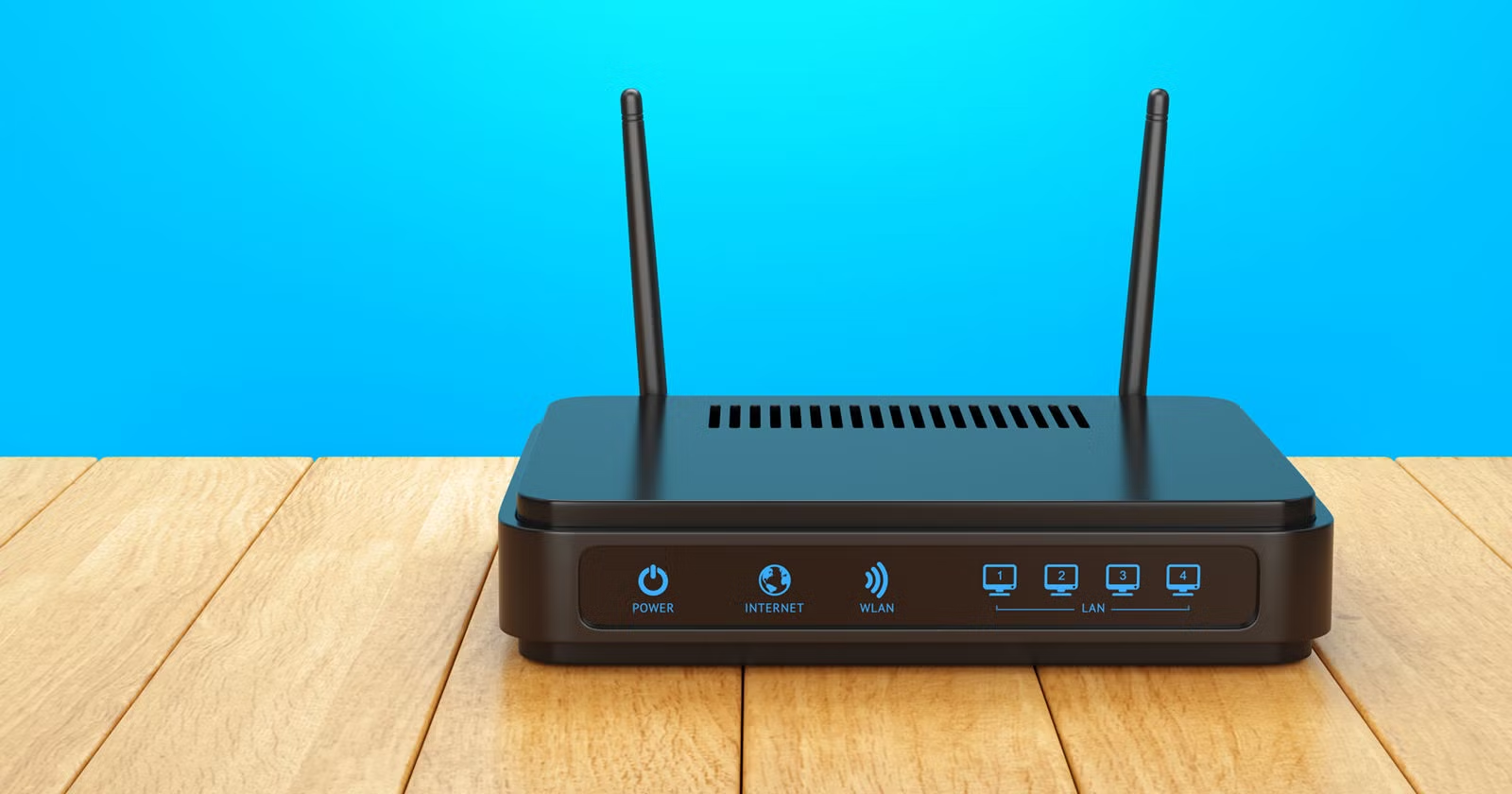There are multiple things that determine the productivity of a workplace, one of which is your WiFi router, which isn’t discussed much. All your workplace productivity tasks, including emails, cloud apps, file transfers, billing software, and even biometric attendance systems, depend on a stable, fast, and secure connection in one way or another. When the WiFi router misbehaves, the entire workflow can collapse within minutes.
Workplace downtime is more than an inconvenience because it leads to direct financial loss, a fall in productivity, and a disruption to customers who expect instant responses. Luckily, most router-related issues that cause downtime are due to preventable issues like overheating, signal congestion, poor placement, improper configuration, or outdated firmware.
By understanding the causes and using the right strategies, you can reduce the downtime and keep operations running smoothly. Let us discuss how you can reduce workplace downtime caused by router issues.
Evaluate Your Router’s Capacity and Upgrade If Necessary
You should start by checking the capacity of your router because many workplaces use routers that are meant for home users, not for dozens of devices running simultaneously. A router can become overloaded when there are too many devices connected to the network simultaneously or when bandwidth-heavy apps are being run all day. When a router hits its limits, it crashes, speeds throttle, performance falls, and reboots unexpectedly.
Make sure that your current router supports enterprise-level traffic easily. In case you are using a home router, upgrade to a business-class router from a reputable brand like Huawei, and choose a model that is manufactured for continuous 24/7 enterprise operation. A simple router upgrade can eliminate random downtime in 50-60% of cases.
Optimize Router Placement
One of the most common reasons for weak signals, network drops, and random downtime is poor placement, which is commonly overlooked. When you place your WiFi router inside cabinets, behind large objects, near metal surfaces, or in one corner of the building, the WiFi coverage will drop drastically, and devices will start to face connectivity issues.
To fix this, position your router centrally in the office, elevate it above the desk level for better signal spread, keep it well-ventilated to prevent overheating, and maintain line-of-sight visibility as much as possible. A simple router relocation can significantly stabilise your network.
Regularly Update Firmware to Prevent Crashes
Outdated firmware can cause router freezes, unexpected reboots, security vulnerabilities, slow speeds, and incompatible device behaviours. Unfortunately, most people don’t give heed to router firmware or configuration after setting up the router, even though manufacturers like Plusnet release updates frequently to fix bugs and improve performance.
To avoid facing downtime due to outdated firmware, keep the router firmware up to date, schedule firmware checks every 30 to 45 days, enable automatic updates if supported, and assign the task to the IT team to regularly monitor firmware across all network equipment.
Have a Backup Router or Secondary Connection in Place
Having a backup router or secondary connection is always a good thing because even the best routers can fail occasionally, but this doesn’t mean that you have to face downtime. A backup router or secondary connection can keep the workflow going, even if the primary router fails. In workplaces where downtime hits hard, such as banks, clinics, call centres, and e-commerce offices, a backup router is necessary.
To avoid facing downtime because of this issue, use a dual-WAN router to switch between ISPs, keep a pre-configured spare router ready and stored, and use hotspot failover for emergency situations.
Train Team Members on Basic Router Troubleshooting
Sometimes downtime can happen because of very minor issues, but team members start panicking, which leads to unnecessary disruptions and downtime. To prevent this, train your team members on basic router troubleshooting so that they know how to reconnect to the Wi-Fi network, reboot the router when necessary, switch to backup internet, identify weak spots, and report issues with accurate details. A well-informed and trained team means less panic, fewer accidental outages, and faster recovery.



